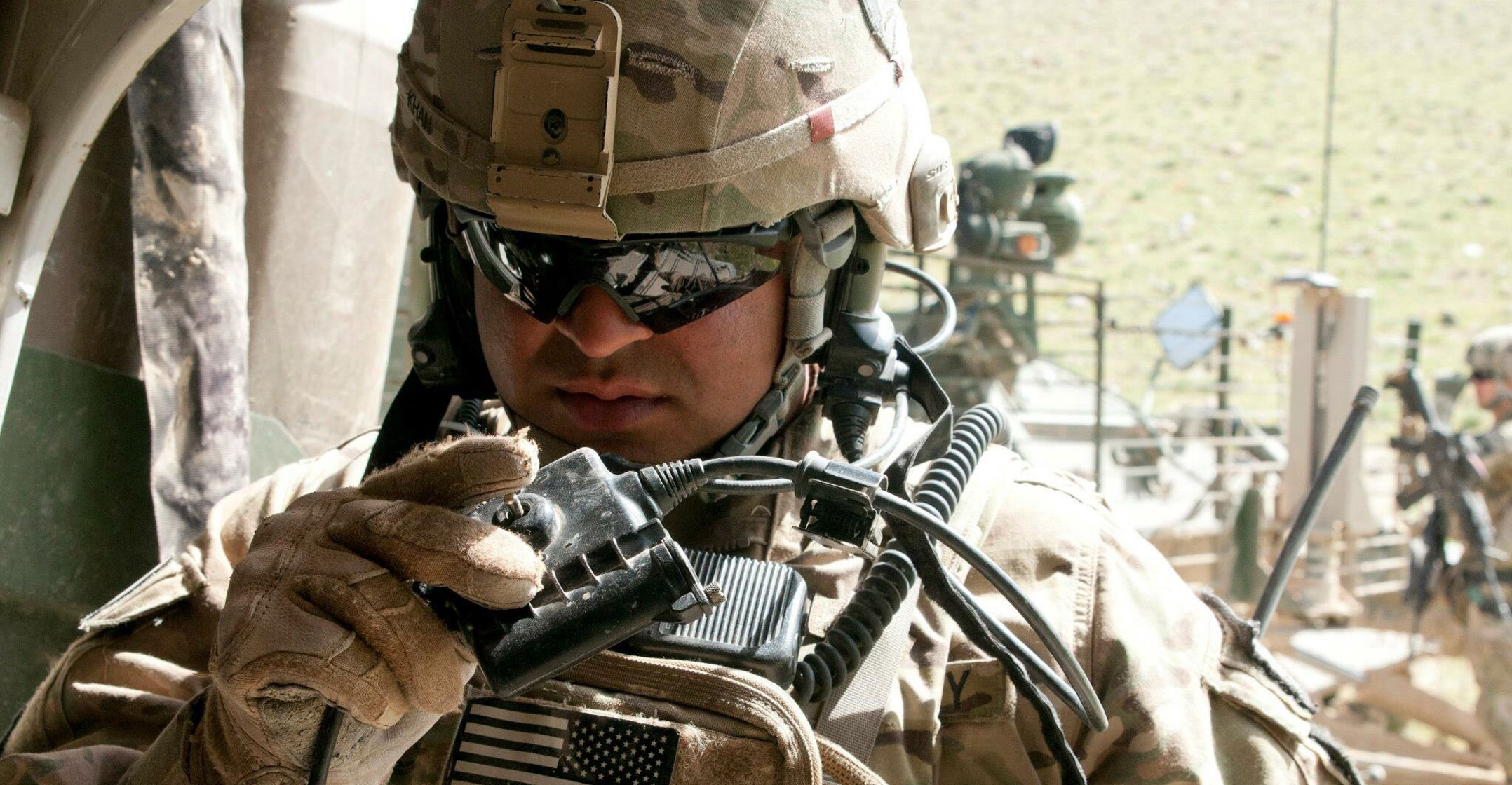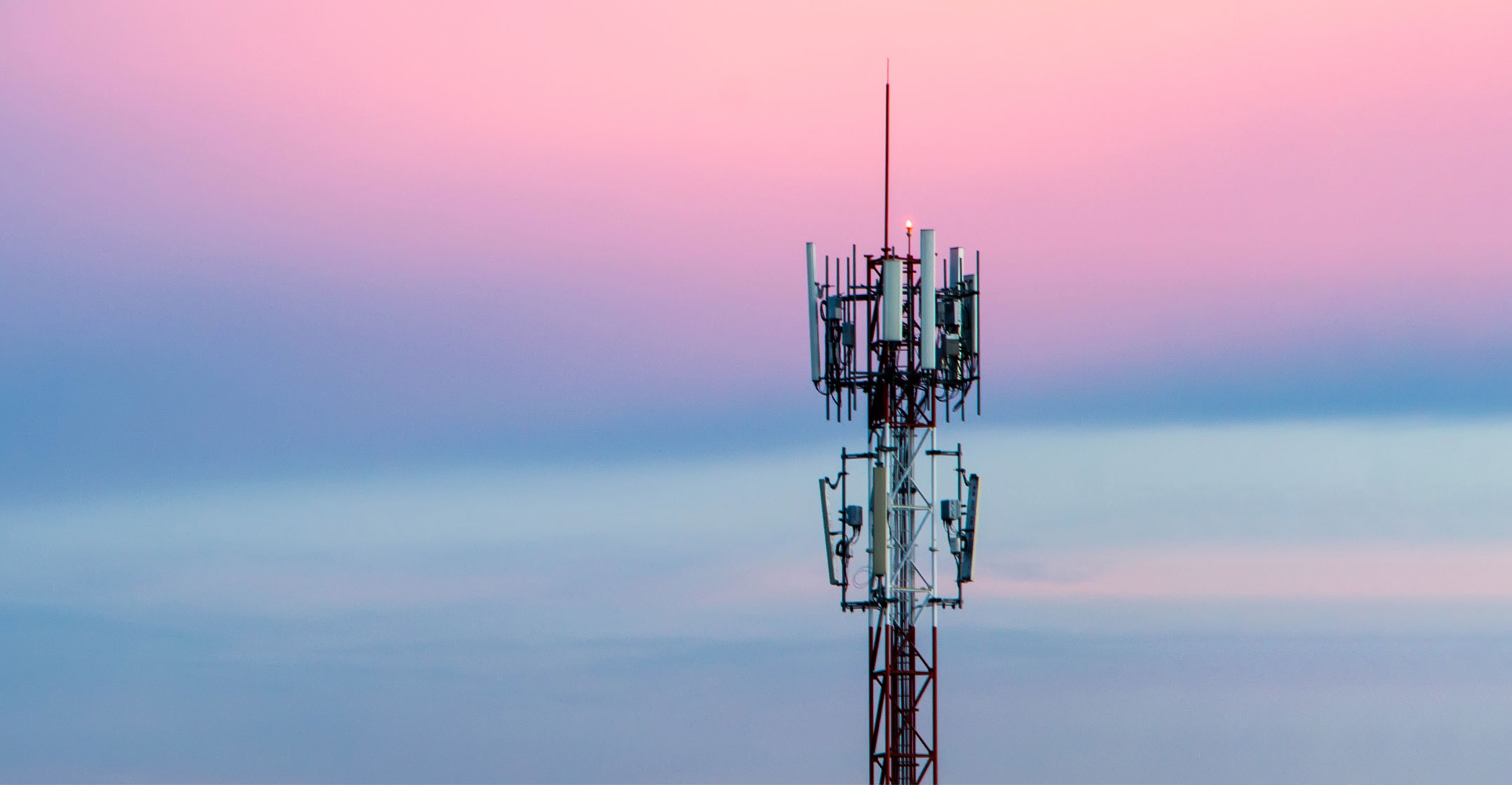 When the Taliban was last in control of Afghanistan, the world used cellphones for voice calls, the Internet was accessed from desktop computers over copper phone lines, and digital photography was in its infancy.
When the Taliban was last in control of Afghanistan, the world used cellphones for voice calls, the Internet was accessed from desktop computers over copper phone lines, and digital photography was in its infancy.
But within a few years of defeat by the US military in 2001, the militant Islamists who’d once eschewed technology were deploying makeshift surveillance drones and coordinating their political and operational messaging through a network of mobile handsets.
The decision to embrace, rather than reject, the trappings of the 21st century went on to become a key to the movement’s survival and eventual retaking of the landlocked central Asian nation.
“They moved into much greater technology sophistication by about 2007. It’s a sign of the group’s capacity to adapt and learn and that’s one of the reasons why they won,” said Vanda Felbab-Brown, a senior fellow and director of the Initiative on Nonstate Armed Actors at the Brookings Institution. “One of the things that they learnt was to focus on communications, and away from the model of the 1990s, which was to move the country away from any kind of modernity.”
Rejection to embrace
The organisation originally emerged in the country’s rugged, rural heartlands and fought to the top of Afghanistan’s power struggles in 1996, advocating a return to the 7th century, when Islam was founded. It envisioned a nation of self-sufficient peasant farmers, ruled under Shariah, and rejected any need for modern technology. There wasn’t much, anyway: Afghanistan’s development was pulverised during the Soviet occupation and fighting between rival warlords.
Yet by 2007 and deep into insurgency against the Americans, the Taliban were using monochrome flip-phones bearing names like Nokia and Motorola to push propaganda and keep tabs on people. Felbab-Brown recalls visiting Afghanistan around that time, when the movement was sending both mass and targeted text messages. They included reminders to pay zakat (religious tax), and that the group knew where you lived.
One irony is that this broad roll-out of telecommunications was enabled by US and international companies, with Nato forces building the pylons that would hold cellphone antennas. Before long, Taliban spokesmen fluent in English were regularly updating Western media directly over text and voice, answering questions and claiming victory in battles that journalists didn’t even know had happened.

The early Taliban were viewed by foreign powers, and perhaps even themselves, as a fast-moving light military force equipped mostly with rifles and RPGs. But with a more modern foe in the US and its allies came the need to to add psychological operations. “That’s where technology is crucial, there’s no way around it,” notes Kamran Bokhari, director of analytical development at the Newlines Institute for Strategy & Policy. “Previously they were able to do without it, but after 9/11 the world changed.”
The Taliban needed to catch up with innovations on the battlefield, and learnt fast. Around 2005, Bokhari recalls, a jerry-rigged drone — a camcorder strapped to a toy remote-controlled aircraft — was discovered near the border with Pakistan. And they weren’t learning only from their enemies. Fellow jihadists, such as al-Qaeda, Isis and Hezbollah, had discovered the power of digital technologies to recruit members, threaten opponents and control messaging. The Taliban benefited from a cross-pollination of tradecraft in propaganda and information warfare.
These groups followed the arc of technology in the wider world. Early on, they engaged in a cat-and-mouse game of using websites to claim responsibility for attacks and to distribute messages and videos before foreign governments knocked them offline. That gave way to more sophisticated handheld devices and faster networks that meant a video could be shot on a cellphone and e-mailed directly to supporters or international media. The Taliban and their ilk became early adopters of platforms that made sharing information even easier — YouTube, Facebook, Twitter, Telegram and WhatsApp. A key strategy was to not only win battles, but shape perceptions of strength and capabilities, Bokhari notes.
As the US went deeper into its second decade of occupation, the Taliban kept up a steady drumbeat of messaging across all mediums, targeting local Afghan forces and overseas governments. The aim was to create the belief that the movement’s ascendancy was inevitable and resistance futile. The perception helped bring US administrations to the table and may have fed the collapse of the military.
Western governments and corporations weren’t blind to the online threats. Facebook and Alphabet say they have long-held bans on the group, while Twitter chose to take down individual pieces of violent content. But the Taliban’s flexibility in shifting messages and platforms made stamping out all presence impossible.
Social media
By the time they took Kabul, the Taliban had upped their presence on Twitter and taken to WhatsApp and text messages to engage with the local populace and outsiders. Spokesmen have used Twitter in recent weeks in an attempt to ease concerns about human-rights violations, forcing US tech giants to reiterate their policies. “The Taliban is under US sanctions, which means that due to our dangerous-organisation policies, we don’t actually allow any presence” by them on Instagram or any of the Facebook apps, Adam Mosseri, head of the company’s photo-sharing service said this week. WhatsApp banned a helpline the Taliban had set up to allow Afghans to report violence and looting.
How long tech companies keep the Taliban off their platforms may come down to US policy. Any hope of controlling the narrative and neutralising the movement’s initiatives will require coordinating with governments and corporations to curb access to technology. But the group’s ability to adapt makes a full freeze-out unlikely. Even if the Taliban can’t use mass outlets like YouTube, Facebook or Twitter, messaging apps such as Telegram and WhatsApp will remain an option thanks to the point-to-point nature of their service coupled with end-to-end encryption.
 The digital revolution doesn’t end here. With a vast country to run and disparate groups to placate, a Taliban government will rely even more on information, messaging and perception-shaping. For that, it can learn from the way neighbours like Iran, Pakistan and even China exercise control by censorship and surveillance. The latter, a global leader in facial recognition and artificial intelligence, has already made overtures to the Taliban and is likely to offer aid in the form of infrastructure that could include communications and surveillance capabilities.
The digital revolution doesn’t end here. With a vast country to run and disparate groups to placate, a Taliban government will rely even more on information, messaging and perception-shaping. For that, it can learn from the way neighbours like Iran, Pakistan and even China exercise control by censorship and surveillance. The latter, a global leader in facial recognition and artificial intelligence, has already made overtures to the Taliban and is likely to offer aid in the form of infrastructure that could include communications and surveillance capabilities.
Today’s Taliban has fought its way back to control over Afghanistan. It’ll rely on technology to stay there. — (c) 2021 Bloomberg LP




